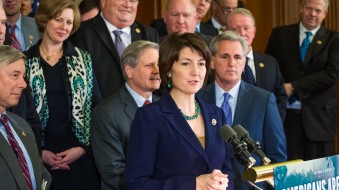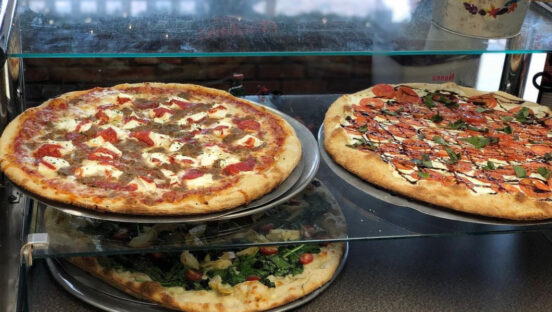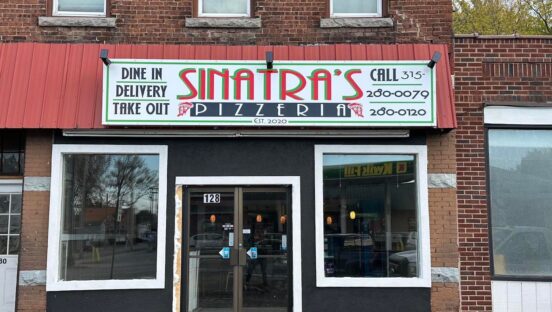A House bill (H.R. 2017) passed this week would allow pizzerias to determine their own serving size for calorie counting and give restaurants mainly offering pizza delivery and takeout service the option to list nutritional data on their websites. The bi-partisan vote for passage was 266-144.
The bill, The Common Sense Nutrition Disclosure Act, would have to pass in the Senate and be signed by President Obama to become law. It’s an effort to preempt FDA labeling requirements scheduled to take effect Dec. 1, 2016, as part of the Affordable Care Act. These requirements mandate restaurants, grocery stores and convenience stores with 20 or more locations to list nutritional information on site. The pizzeria industry has been a leading advocate for changing the regulations, which they say were impractical, unmanageable and likely to raise operational costs. The American Pizza Community, which includes Domino’s and other chains, was a key proponent of the legislation.
“Compliance with [FDA’s current regulations] is estimated to cost American businesses more than $1 billion and 500,000 hours of paperwork,” said Rep. Cathy McMorris of Washington, the Republican co-sponsor of the bill with Democrat Loretta Sanchez of California. “This is time, energy, and financial resources that should be spent on creating jobs and building up the economy–not on paperwork.”
Bill opponents like Margo Wootan, director of nutrition policy at the Center for Science in the Public Interest, says the legislation would result in “consumer confusion and prevent disclosure of straightforward, consistent calorie information at many food service establishments.”
But disagreement about what reflects clear calorie data when it comes to pizzerias reigns. Millions of menu variations and non-triangular slice shapes figure into the controversy. “I understand this bill, if it goes through, will make a difference for us on how we slice and serve our pizza,” said Marla Topliff, president of Rosati’s Pizza in Chicago, which specializes in Chicago square-cut-style pizza. Topliff has advocated for relief from the FDA’s current language, which would have required restaurants like Rosati’s to list calorie counts by the pie instead of the slice to meet the policy’s demand for data based on “uniform sectors” of pizza. The new bill would allow individual pizzerias to determine their own serving size.
“That’s a gigantic victory for pizzerias because it gets them away from a requirement that many owners felt would hurt their competitiveness in a highly contested casual restaurant marketplace,” explained Betsy Craig, CEO and founder of MenuTrinfo, one of the nation’s leading consulting firms for menu nutrition certification. “But what the industry really wants is the rule (in the Common Sense Nutrition Disclosure Act) that allows pizzerias that do the majority of their sales online to list their nutritional data on their websites.”
Craig adds that many pizzerias are already investing in creating in-store menu boards with accurate nutritional data as dictated by the FDA mandate. “They’re tired of the changes and ready to comply as best they can,” she said. “The point to keep in mind is that this legislation must still pass the Senate and then get signed into law by an Obama administration that has been very outspoken on issues of childhood nutrition.” Another complication, Craig points out, is that 15 states and many municipalities have their own nutritional labeling regulations in place, which remain enforceable until federal law takes effect.
The House legislation also offers relief to non-restaurant businesses like grocery stores, convenience stores, gas stations, entertainment venues, movie theaters, amusement parks, bowling alleys, miniature golf courses and other businesses that sell “restaurant-like” food. They would be exempt under the law by ensuring that it only applies to businesses that make more than 50% of their revenue from selling prepared food.















